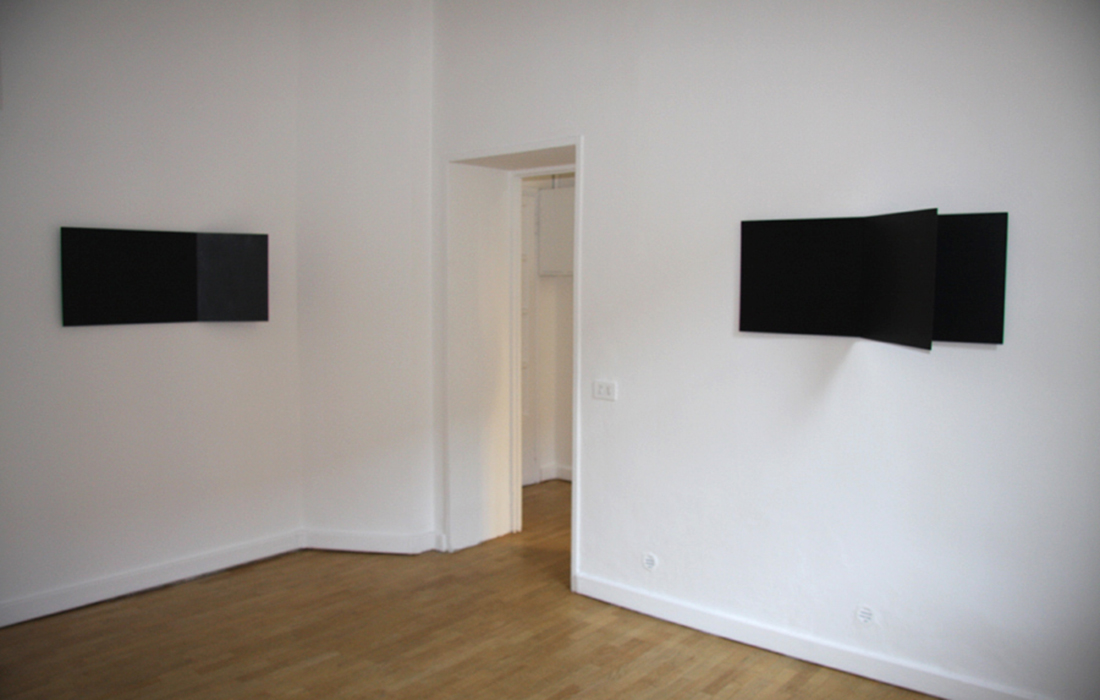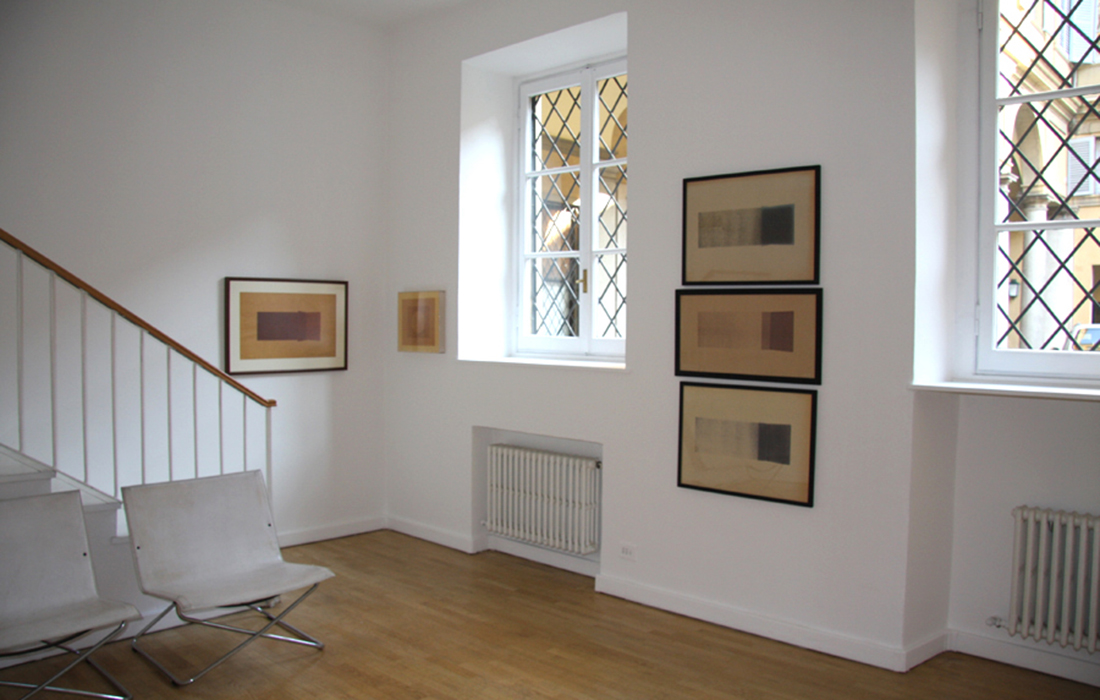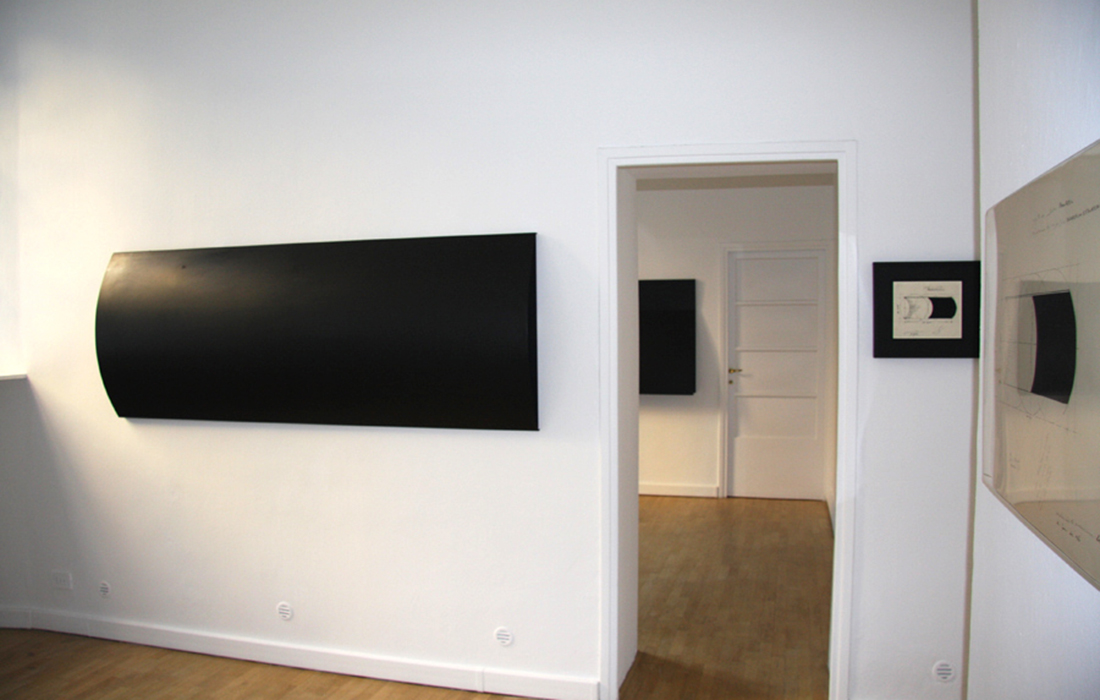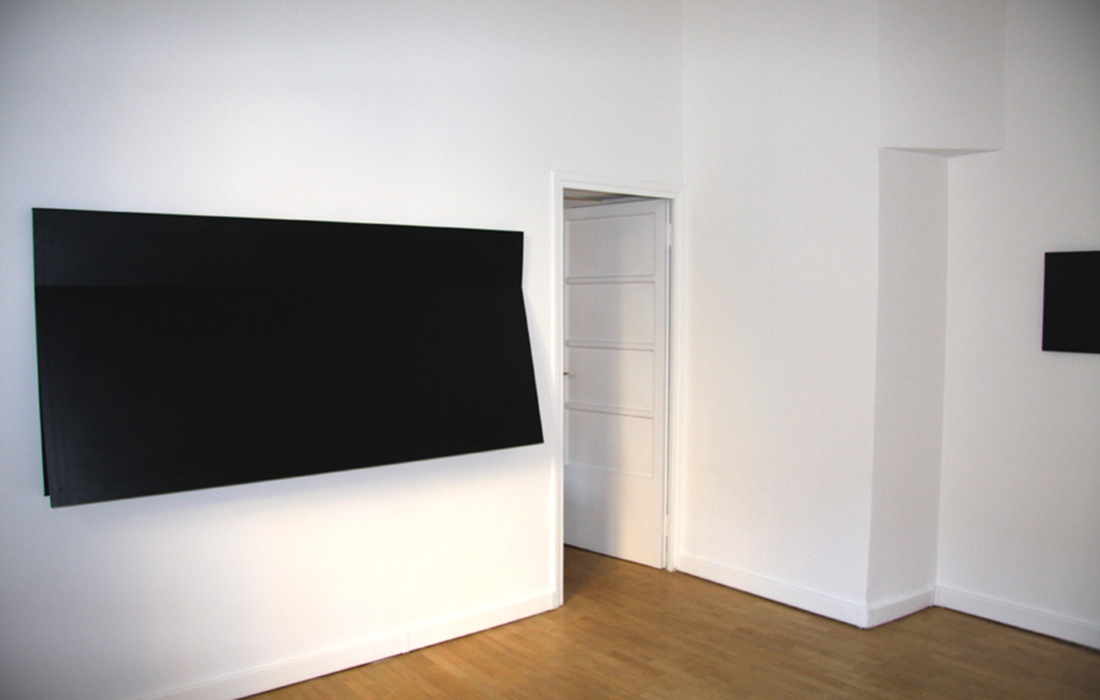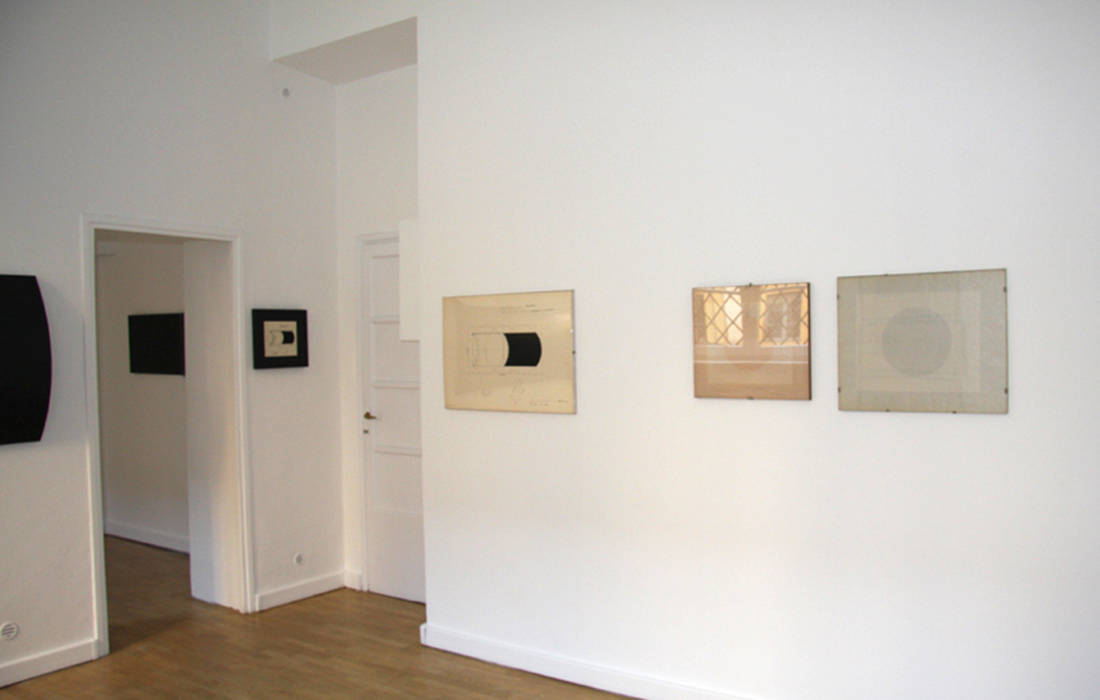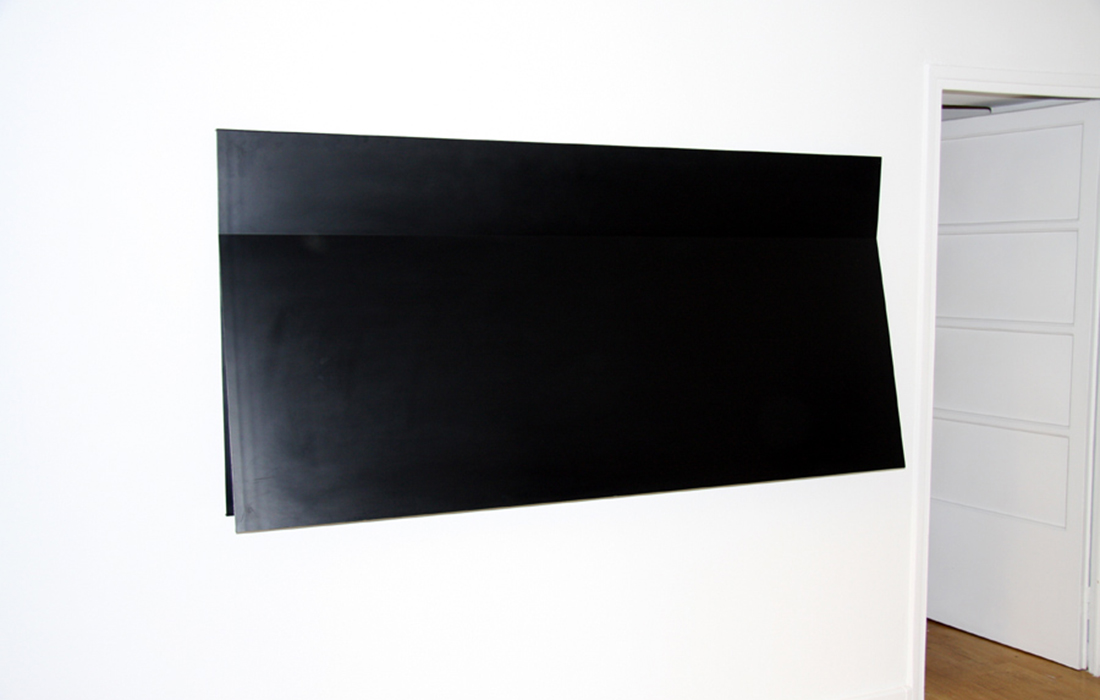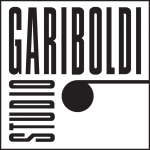novembre – dicembre 2008
La luce e lo sviluppo di una concezione spaziale pura sono la base della ricerca di Francesco Lo Savio, grande artista romano che tra il 1960 e il 1962 anticipò certe intuizioni americane e aprì la strada alle avanguardie d’oltreoceano.
La forza della ragione, capace di dare vita a un costruire “positivo” e a opere “morali”. La considerazione dell’uomo come unico esempio di perfezione strutturale e massima libertà statica con equilibrio variabile, sono al centro della sua ricerca estetica che raggiunge traguardi di massima intensità visiva.
L’importanza artistica di Lo Savio, è confermata dalla recente antologica a lui dedicata dal Museo Nacional Centro de Arte di Reina Sofia a Madrid.
Nel ‘54 cominciai i miei studi sull’architettura contemporanea, europea ed americana, sentendo precisi interessi per l’esperienza di Gropius relativa alla Bauhaus, nei suoi rapporti col movimento De Stjil e in particolare con l’opera di Mondrian.
L’interesse di questa esperienza era soprattutto ideologico e sociale. Le mie ricerche sui problemi dell’espressione formale si rivolsero invece al lavoro di Klee, Malevich, Gaudì, Le Corbusier, Maillart; e quando iniziai a lavorare (escluse alcune esperienze accademiche d’informazione) ero libero da ogni preconcetto formale, coerente esclusivamente a una concezione ideologica e sociale, derivata dalla mia partecipazione ai problemi d’evoluzione, sia concettuale che formale, dell’architettura e dell’industrial design.L’idea d’impegnare uno spazio tridimensionale per realizzare un’esperienza biunivoca, interna come problema dell’espressione formale, esterna come problema del rapporto sociale, condiziona lo sviluppo del mio lavoro sotto un aspetto di discontinuità visiva, sia nella scelta dei mezzi che nel risultato di forma. Nei dipinti su tela, diretti principalmente allo sviluppo di una concezione spaziale pura, dove la luce è l’unico elemento che definisce la strutturazione di superficie, tentando un contatto con lo spazio ambientale — realizzato mediante una situazione di differenti intensità cromatiche — l’elemento tridimensionale si configura attraverso un’immagine stereoscopica che puntualizza la situazione teorico-concettuale del rapporto tridimensionale.
I filtri, un’azione addizionale di varie superfici semitrasparenti, iniziano un reale contatto con lo spazio ambientale ma solo nei metalli l’azione si esplica con un possibile riscontro specifico del fatto tridimensionale, realizzando allo stesso tempo una partecipazione sociale chiara con oggetti che rimangono in un limbo dell’utile ma di cui la qualità nella loro dignità civile è inequivocabile.
Poi l’idea di avere una maggiore libertà nella strutturazione formale di questi oggetti, mi ha condotto alla necessità di definire uno spazio d’azione integrato all’oggetto stesso, che viene ad usufruire di una situazione ambientale più limpida nella lettura formale, limitando nel contempo l’interferenza dell’ambiente esterno che diminuiva la resa totale dell’oggetto.
In queste ultime esperienze, metalli e articolazioni totali, credo si siano realizzate le mie istanze di partecipazione diretta ai problemi di evoluzione dell’industrial design e dell’architettura, decifrando un possibile atteggiamento sociale dell’opera, che rimane prodotto d’arte, ma concretizza quel contatto necessario, soprattutto attualmente, fra artista e società.
da Spazio-Luce di Francesco Lo Savio, De Luca editore. Roma 1962


